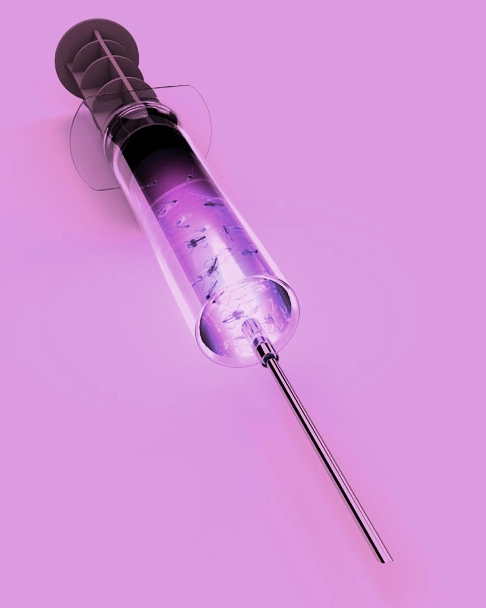For centuries physicians had to rely on the body’s ability to heal itself. They have been looking for to ways to help with the human body to repair itself. Little by little new medication, instruments and methods have been added to doctors’ arsenals. Some examples are x-ray machines, antibiotics, and most recently biotechnology medicine. To this day, we cannot place parts of human cells exactly where they should be, or rebuild them as they should be. Physicians do not have tools for working, precisely and with three-dimensional control, at the molecular level. Nanorobots can help solve this by delivering the drug exactly where it is needed most. (6) 
Nanorobots could be used to perform surgery at the individual cell level. For example a ‘chromallocyte’ nanorobot, controlled by a physician, could extract diseased chromosomes from a cell and inject a healthy one in its place. Using a desktop nanofactory a replacement chromosome would be created using the patient’s individual genome as a blueprint. After the diseased cell is replaced each chromosome would travel to its targeted tissue. By replacing inherited defective genes with non-defective one doctor could permanently cure diseases such as cancer. Patients could self-treat commonplace pathologies such as cuts, colds or flu, bacterial infections and many kinds of cancer. People could keep a batch of nanorobots in their home, have it programmed when needed by their doctor remotely. Physicians will act as consultant only, allowing them to spend more time in hospitals to deal with more difficult cases and emergency care. They could also concentrate on rare disease, which always take a long time to recognize. New medical specialists might be needed to manage major body modifications such as cosmetic surgeries, or a whole-body rejuvenation that involves cell repair of most of the tissue cells in the body and requires several days of treatment. (6)
|  A nanorobot is a robot about the size of a cell composed of many thousands of molecule-size mechanical parts resembling gears, bearings, and ratchets, composed of a strong diamond-like material. Like all robots it needs a motor to make things move, and arms or mechanical legs for mobility. A nanorobot needs a power supply for energy, onboard computer for sensors to guide its actions, and to control its behavior. A nanorobot that would travel through the bloodstream would need to be smaller than red blood cells in our blood so that it could travel through the smallest capillaries. Medical nanorobotics holds the greatest promise for curing disease and extending the human health and life span. With diligent effort, the first fruits of this advanced nanomedicine could begin to appear in clinical treatment sometime during the 2020s. (6)  |
Nanorobotics has enormous potential. Therapeutic nanomachines that act with digital precision, without side effects would replace static drugs. Nanomachine could also send reports directly to the doctors, sending test results such as blood panels and genomic sequencing within minutes of sample collection. Continuous medical monitoring by nanorobotic can permit very early detection. The same monitoring could also provide collection of long-baseline data allowing doctors to detect slow moving chronic conditions, such as calcium loss or Alzheimer’s, that might take years to develop. (6)